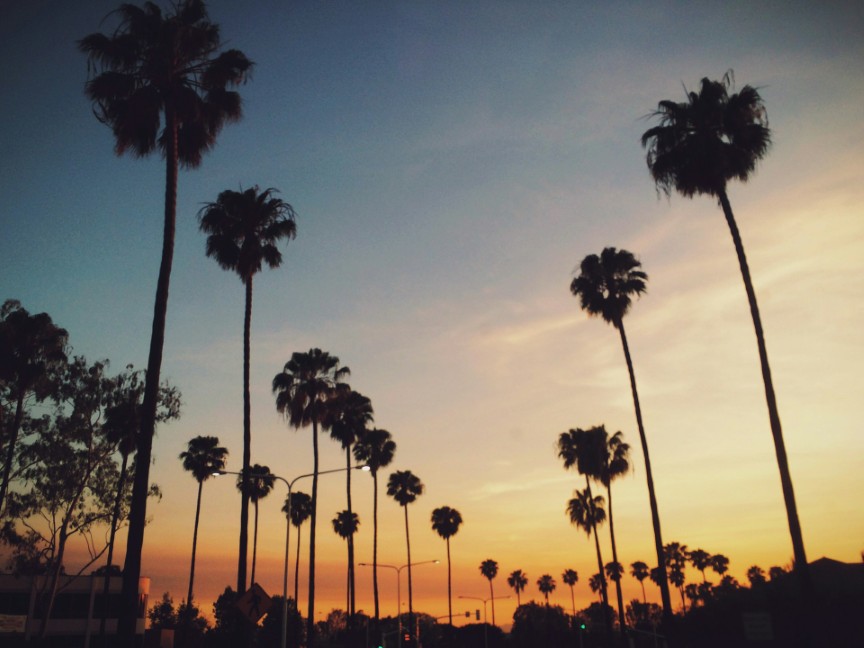Foraging for edible plants in the wild can be a fun and rewarding activity, but it’s important to have a good understanding of what to look for to avoid potentially harmful or toxic plants. Whether you’re a seasoned forager or just starting out, here are some tips on how to safely find and identify edible plants in the wild.
First and foremost, it’s essential to do your research before venturing out into the wilderness. There are many resources available online and in books that can help you learn about edible plants in your area. Familiarize yourself with the plants that are safe to eat, as well as those that are poisonous or toxic. It’s also a good idea to learn about the different parts of each plant that are edible, as well as how to prepare them.
When foraging for edible plants, it’s important to pay attention to the environment and ecosystem you’re in. Look for plants in areas that are free from pollution, pesticides, and other contaminants. Avoid plants that grow near roadsides, agricultural fields, or other areas that may have been treated with chemicals. It’s also a good idea to wash any plants you gather thoroughly before eating them.
One helpful tip for foraging is to start small and focus on a few easy-to-identify plants. Some common edible plants that are relatively easy to find include dandelions, wild garlic, chickweed, and nettle. These plants are typically abundant in many areas and are easy to identify, making them a great starting point for beginners.
Another important aspect of foraging safely is to always be sure of what you’re picking. Double check with a reliable identification guide or an experienced forager before consuming any plant that you’re unsure of. When in doubt, it’s best to err on the side of caution and not eat the plant.
In addition to being knowledgeable about edible plants, it’s a good idea to pack a few essential items in your Emergency kits when foraging in the wild. Some useful items to include are a pocket knife, a small first aid kit, a map and compass, and plenty of water. These items can help keep you safe and prepared for any unexpected circumstances.
Foraging for edible plants in the wild can be a fun and fulfilling experience, but it’s important to approach it with caution and respect for the environment. By doing your research, being mindful of your surroundings, and packing the right tools in your emergency kit, you can enjoy the bounty of nature safely and responsibly. Happy foraging!

